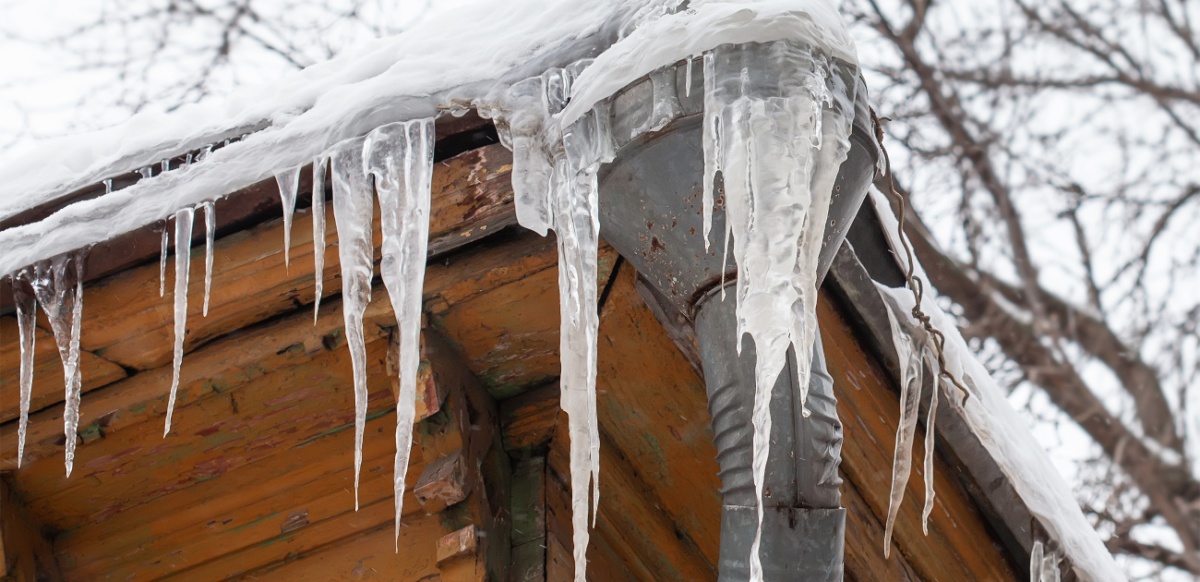This great article down below about 6 Ways to Prevent Frozen Pipes is truly compelling. Don't miss it.

Winter can wreak havoc on your plumbing, particularly by freezing pipelines. Below's just how to stop it from taking place and what to do if it does.
Introduction
As temperatures decrease, the risk of frozen pipelines increases, possibly resulting in pricey repairs and water damages. Recognizing just how to avoid frozen pipelines is crucial for house owners in cool climates.
Comprehending Icy Pipelines
What causes pipes to freeze?
Pipelines ice up when exposed to temperatures below 32 ° F (0 ° C) for prolonged durations. As water inside the pipelines ices up, it broadens, taxing the pipeline walls and potentially causing them to burst.
Risks and damages
Icy pipelines can cause water disturbances, property damages, and costly repair work. Ruptured pipelines can flood homes and cause considerable architectural damage.
Indicators of Frozen Piping
Identifying icy pipelines early can avoid them from bursting.
Just how to determine icy pipes
Look for reduced water circulation from faucets, uncommon smells or noises from pipes, and visible frost on revealed pipelines.
Prevention Tips
Insulating vulnerable pipelines
Cover pipelines in insulation sleeves or use warmth tape to secure them from freezing temperature levels. Focus on pipelines in unheated or external locations of the home.
Heating strategies
Keep indoor spaces properly heated up, especially locations with pipes. Open cupboard doors to permit warm air to circulate around pipes under sinks.
Shielding Exterior Pipes
Garden hoses and outdoor faucets
Disconnect and drain garden hose pipes before winter season. Install frost-proof spigots or cover exterior taps with protected caps.
What to Do If Your Pipes Freeze
Immediate actions to take
If you think frozen pipelines, maintain faucets open to ease pressure as the ice thaws. Utilize a hairdryer or towels soaked in warm water to thaw pipes gradually.
Long-Term Solutions
Structural adjustments
Take into consideration rerouting pipes far from exterior wall surfaces or unheated locations. Add added insulation to attics, cellars, and crawl spaces.
Upgrading insulation
Purchase high-quality insulation for pipelines, attic rooms, and walls. Proper insulation helps preserve constant temperatures and decreases the danger of frozen pipes.
Final thought
Stopping frozen pipes requires positive procedures and quick feedbacks. By recognizing the reasons, indications, and preventive measures, home owners can shield their plumbing during cold weather.
5 Ways to Prevent Frozen Pipes
Drain Outdoor Faucets and Disconnect Hoses
First, close the shut-off valve that controls the flow of water in the pipe to your outdoor faucet. Then, head outside to disconnect and drain your hose and open the outdoor faucet to allow the water to completely drain out of the line. Turn off the faucet when done. Finally, head back to the shut-off valve and drain the remaining water inside the pipe into a bucket or container. Additionally, if you have a home irrigation system, you should consider hiring an expert to clear the system of water each year.
Insulate Pipes
One of the best and most cost-effective methods for preventing frozen water pipes is to wrap your pipes with insulation. This is especially important for areas in your home that aren’t exposed to heat, such as an attic. We suggest using foam sleeves, which can typically be found at your local hardware store.
Keep Heat Running at 65
Your pipes are located inside your walls, and the temperature there is much colder than the rest of the house. To prevent your pipes from freezing, The Insurance Information Institute suggests that you keep your home heated to at least 65 degrees, even when traveling. You may want to invest in smart devices that can keep an eye on the temperature in your home while you’re away.
Leave Water Dripping
Moving water — even a small trickle — can prevent ice from forming inside your pipes. When freezing temps are imminent, start a drip of water from all faucets that serve exposed pipes. Leaving a few faucets running will also help relieve pressure inside the pipes and help prevent a rupture if the water inside freezes.
Open Cupboard Doors
Warm your kitchen and bathroom pipes by opening cupboards and vanities. You should also leave your interior doors ajar to help warm air circulate evenly throughout your home.

Do you appreciate reading about Preventing and dealing with frozen pipes? Put feedback further down. We will be pleased to listen to your responses about this blog. In hopes that you visit us again in the near future. Liked our blog? Please quickly share it. Let others locate it. I take joy in your readership.
Schedule Today!